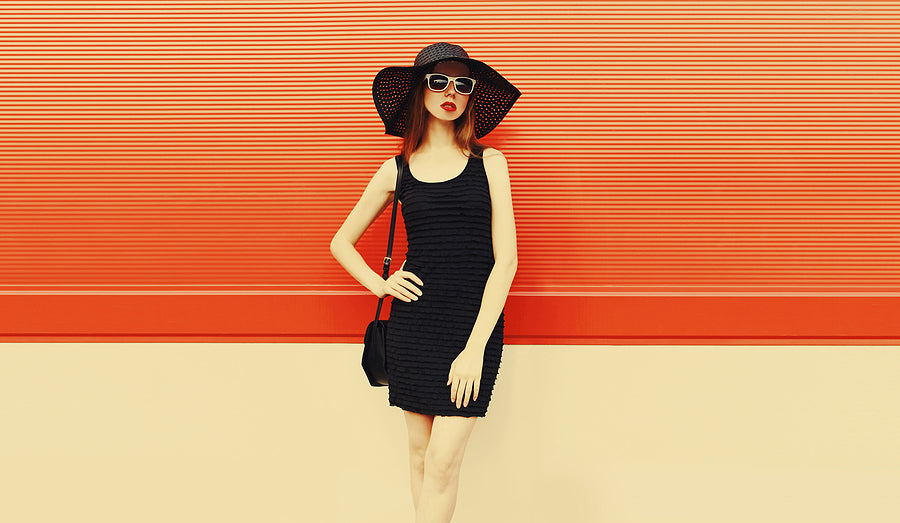No matter the person, their style sensibilities and the size of their budget and their wardrobe, there are certain staples that are always ready at a moment’s notice.
There is the incredibly versatile combination of jeans and nice boutique tops, there will naturally be a blazer or a jacket to help modify a look, and there will always be a little black dress ready for any social occasion one can throw at it.
Described as the fashion version of the Ford Model T, the little black dress (or LBD) is one of the few universal constants in every wardrobe, because it can be as ornate and expensive or as simple and casual as you like, and goes with almost any look, any accessories and any shoes.
Whilst there have been black dresses for centuries, representing wealthy travellers during the Age of Sail, the artistry of the 19th-century Romanticist poets and finally the grief of Queen Victoria, the architect for the LBD and everything it represents now was Gabrielle Chanel.
Coco Chanel first showcased her intent in a 1926 edition of Vogue Magazine, where it was described as a “uniform” for tastemaking women, the chic, the wealthy and the upper class.
However, because it was simple and did not require that much fabric to make, it became popular with a wide group of different women during the Great Depression, and again after the Second World War as a typical uniform for businesswomen.
Despite constant shifts in fashion and the evolution of trends, the LBD has still endured to this day, to the point that it has become a fashion genre of its own with the many and various evolutions to the dress’ design.
Whenever muted colour schemes and minimalist designs are popular, the LBD is perfect, whenever bright, outlandish styles rule the roost, the LBD is always there as an alternative.

